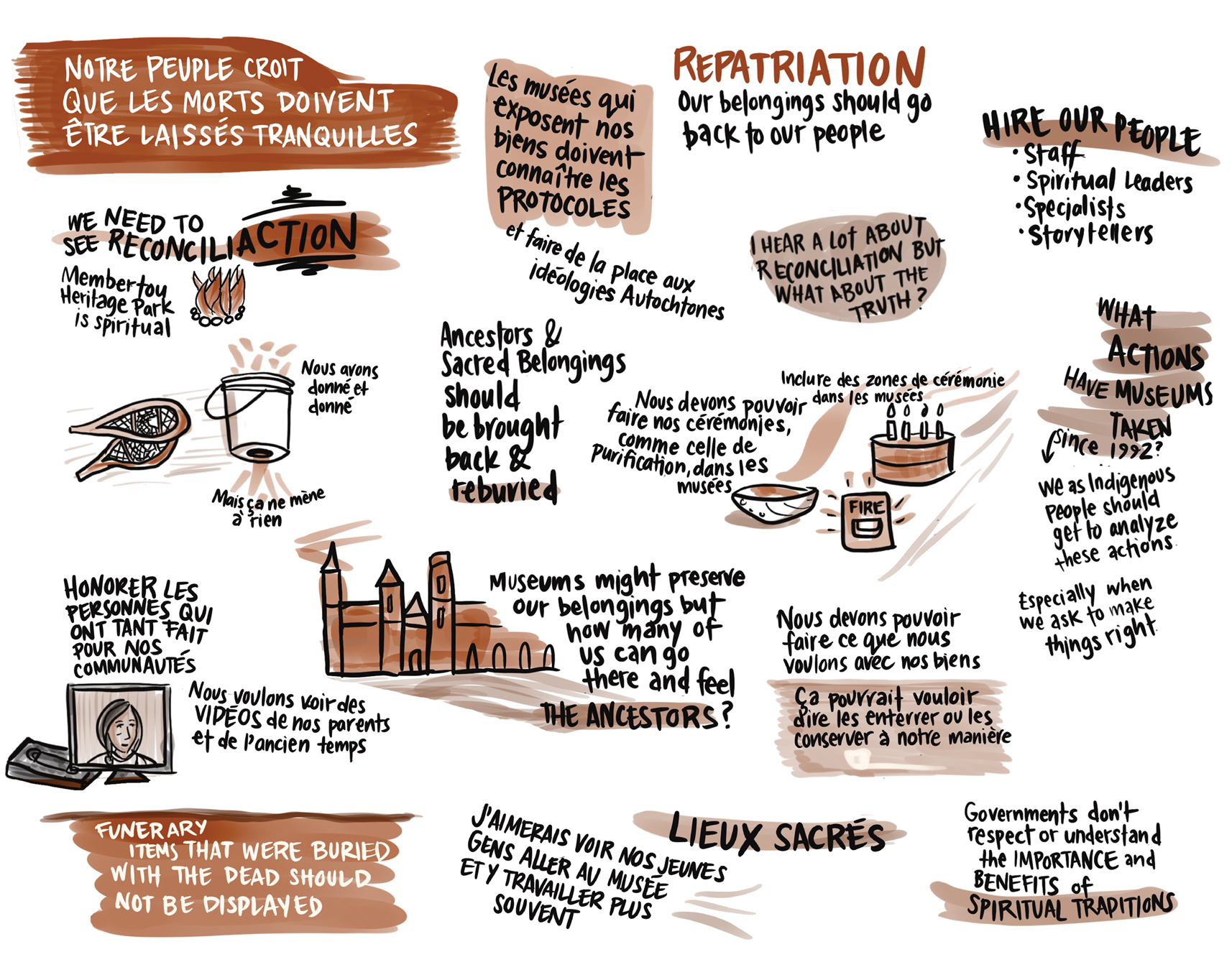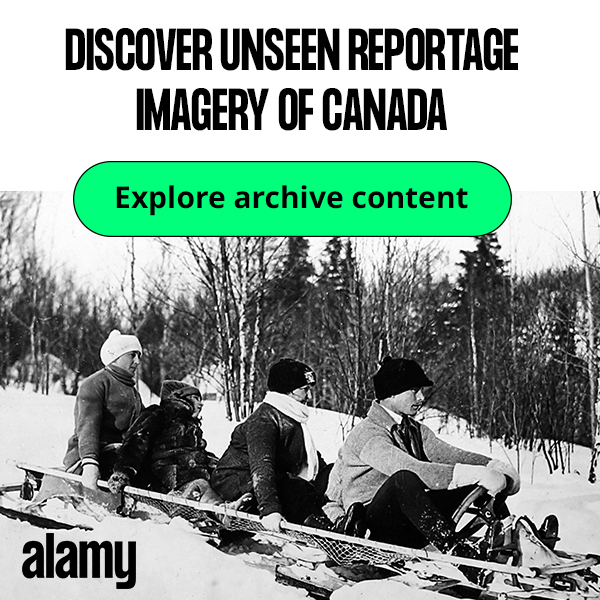
Reconciliation Update
Rebecca MacKenzie
When I was asked to step in and helm the Reconciliation Program after three years of working alongside it, I was slightly overwhelmed. While my predecessors have made significant steps towards the program goals and deliverables, there remains much to do.
Presented in the shortest list possible our next few months will include: completing planned engagement sessions with Indigenous communities (Listening Circles) and museums (Roundtables), synthesizing the findings of our research, writing a report and recommendations and producing a list of tools. No small feat.
Fortunately, the museum sector is a collaborative place, and we are fortunate to count among our colleagues many allies in the aims of reconciliation. Additionally, many proactive organizations, including provincial and territorial museums associations, have already been engaging in the work for years, or even decades and have readily shared their expertise, saving time and duplication of effort.
It is important we create something that holds value for Indigenous communities and museums alike, that will create more confidence in the sector to proactively forge connections and maintain them in the very long term. While the recommendations will be clear, the pathway to achieve them is not, it will take an entire activated museum network to create change.
What the toolkit will do is give every museum worker a baseline, and a foundation of support but it will be open ended — and require critical thought and proactive effort on the part of the user. This is not a checklist, but a pathway that the CMA will not be able to walk on behalf of the entire sector. You will need to make adjustments for region, for your museum’s unique needs, and for the unique needs of any partnering Indigenous community. There are 2,700 museums and the over 600 Indigenous nations that coexist on this land and no amount of engagement will prepare us for the unique relationships that might be forged.
With everything that we have left to accomplish, we need help. We are looking for case studies, examples of reconciliation in action, to complement our report and inform our proposed recommendations. Museums of all sizes are encouraged to connect with us to share both their successes and failures, as the larger community will need to learn from both.
For Indigenous colleagues, we thank you for your presence. Your insight and patience make museums better and we hope that this toolkit will reflect your needs most of all. Some of what we heard within our engagement sessions that there is frustration stemming from a lack of Indigenous representation and partnership in museum spaces, colonial approaches to shared work, and perhaps most importantly, and this critique is not limited to Canadian museums, slow or denied repatriation of Indigenous belongings. It is the CMA’s goal to address these concerns and more. If you feel comfortable sharing your experiences with the CMA, we would be honoured to hear them. M
Rebecca MacKenzie (she/they) is the Director of Communications for the CMA. Of Metis, Scottish and Acadian descent she is currently based on traditional Algonquin territory in Ottawa, but originally comes from the Vancouver area, having been raised on the traditional territories of the Sto:lo, Semiahmoo, Musqueam, Squamish and Tsleil-Waututh people.
Listen in
Here are some visual notes from the Listening Circle that was held with Membertou Heritage Park, held virtually with the CMA and community members in Membertou, NS. Visual notes have been created after each Listening Circle to provide a visual and anonymous overview of the topics discussed and the thoughts that were shared. You can view the full set, along with visual notes for other listening circles that have been held on our website here.

